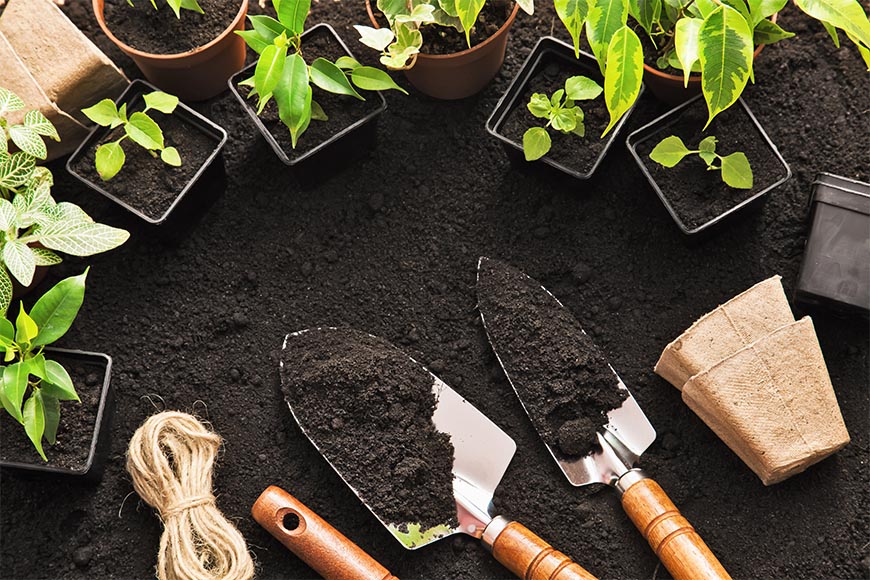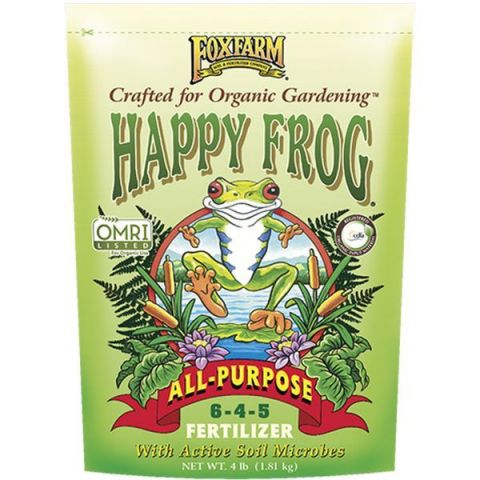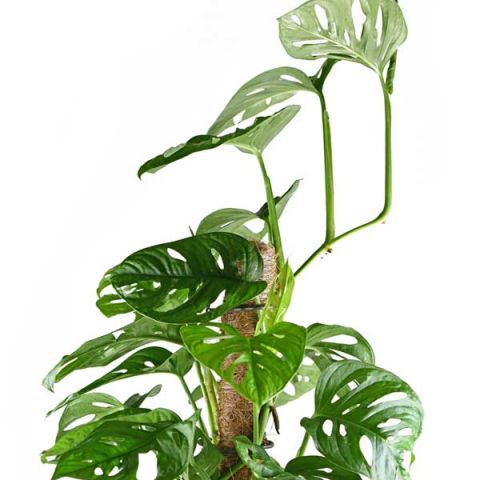
The 13 essential elements for plants from A to Z.
Starting with the big three: Nitrogen, Phosphorus, and Potassium.
There are few elements that we hear about more than N-P-K, it is on every bag of fertilizer and some soil mixes. Those are considered the big three of all the elements which are nitrogen, phosphorus, and potassium. Knowing how each of these major nutrients, and how they affect the growth, ripening, and other processes of plants are crucial to success.
Followed after N-P-K are the secondary nutrients, Calcium, Magnesium, and Sulfur. When growing tomatoes, observing the calcium levels, and adjusting properly prevents diseases that can wreak havoc without. Out of these nutrients, calcium does a lot to aid in the building of cell walls, magnesium holds importance in photosynthesis processes, and sulfur is needed to manufacture chlorophyll.
When plants are lacking these primary and secondary nutrients their overall health can suffer, and you may notice this in poor growth, discoloration, browning, spotting, and many other illnesses. Learning to keep tabs on these major 6 nutrients will solve a lot of the major issues across the board.
The last 7 are considered trace elements. They are important to the overall health of plants, but most of these are needed in such tiny amounts plants are usually going to be affected by the lack of major nutrients first. As you grow into gardening and tending house plants you will become more familiar with each of these over time.
The 13 essential nutrients
Boron
This nutrient helps in cell development and regulates plant metabolism. Boron deficiencies can often be observed by the death of new buds. As well as young leaves are twisted, thickened, and pale green near the base.
Calcium
This nutrient is needed for the good overall growth and especially when plants are young, and to build call walls. Calcium is an important nutrient in the growth of tomatoes and many other crops. The signs that your plant might be deficient in calcium range from overall weak growth, to the dying of growing tips, buds, and young leaves. Leaves can also turn yellow under poor calcium levels.
Chlorine
A small amount of chlorine is needed by plants for photosynthesis, water retention, and assisting in carbon dioxide uptake. I would believe you will have issues with other nutrient deficiencies before running into a chlorine issue.
Copper
This is an important nutrient in helping plants to metabolize nitrogen. Deficiencies are noticeable by the plant's lack of any growth. The shoots will die back and often plants become pale and yellowish, and leaves may not even grow. Copper deficiencies can sometimes be mottled white, it's almost scary looking.
Iron
Iron assists in the manufacture of chlorophyll along with other biochemical processes, and especially important to many plants. And a lack of Iron can cause plants to go through chlorosis, becoming pale between the leaves veins and overall being weak and stunted.
Manganese
This is another nutrient important in overall chlorophyll production. Causing symptoms much like iron when plants are deficient in manganese, yellowing or pale color change between veins, and may also develop brown spots.
Magnesium
This nutrient is needed for photosynthesis as well as germination of seeds, one of the magical nutrients plants use and pass onto the seed. Without magnesium leaves will turn yellow between the veins and brownish patches can develop. Other signs include dropping of leaves and overall stunted growth.
Molybdenum
Like copper, molybdenum is helpful with plants to use nitrogen. And like so many major deficiencies the leaves will yell between the veins or overall growth is stunted. However, one sign of major molybdenum deficiencies is when leaves become bluish-green between the veins.
Nitrogen
This could be the most known nutrient to plant lovers and gardeners, and although nitrogen is all around us in the air, plants cannot fix it from the air. Nitrogen is needed for strong, vigorous growth, as well as photosynthesis promoting green leaves. Signs of deficiency are discoloration of lower leaves to a yellow or brown color. Leaves develop but are overall small or pale green or growth will be completely stunted. Look for lower leaves to drop first.
Phosphorus
The most important nutrient in root growth, the ripening of seeds and fruit as well as the backbone of DNA. When plants are lacking phosphorus leaves and stems may become purple, red, or dark green. The shoots and roots will be stunted, plants need a good start to have the strength to grow large. Under poor phosphorus levels, the development of flowering and fruiting will also be weak or underdeveloped.
Potassium
This nutrient is important to many plant processes from photosynthesis, fruit formation, as well as working with nitrogen. You will notice deficiencies of potassium by poor color and flavor of fruits. There will also be signs on leaf edges that are spotted or curled. Also possibility weak stems are being caused by a lack of potassium.
Sulfur
One of the three secondary nutrients, and known for its foul smell, sulfur is needed to manufacture chlorophyll. The deficiency of sulfur can cause poor growth, as well as young leaves, to turn pale green or yellow.
Zinc
The last of our essential nutrients is zinc, which is used in the development of enzymes and hormones. Zinc is important to legumes for seeds. a zinc deficiency will lead to an iron deficiency. It also resembles iron deficiencies with stunted growth as well as leaves that are malformed, small, and narrow.


